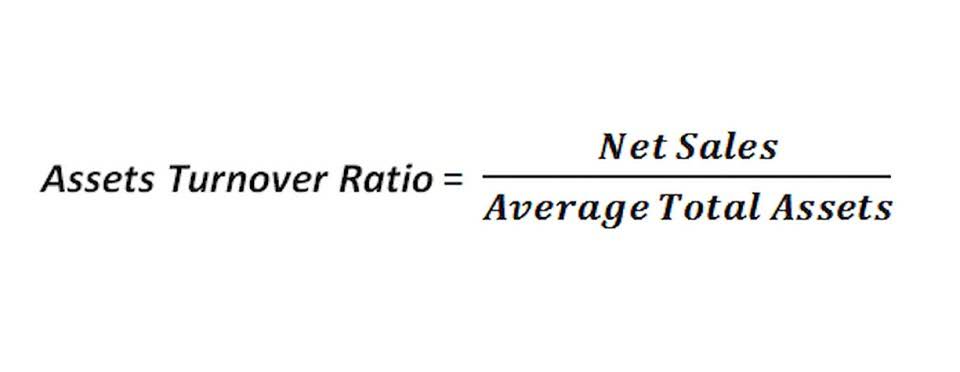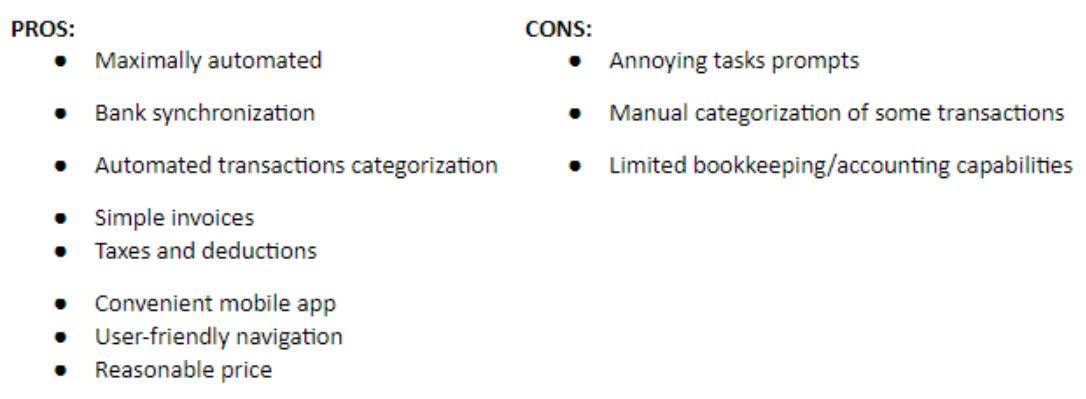Semi-monthly vs Bi-weekly Payroll

To help you better understand the difference between bi-weekly and semi-monthly payroll frequency, we have made a table with all pay periods and pay dates for 2024. Whether you pay employees with weekly or biweekly paychecks, they’ll owe the same amount in taxes at the end of the year. With biweekly and bimonthly pay, your employees receive the same total amount per year. You can schedule tasks at the same time every week and perform them on the same day, making it easier to build into a schedule. This also reduces the burden on payroll staff, as they can more effectively schedule their time and automate repetitive tasks. It is especially contentious for an hourly workforce, as the payroll manager has to forecast what hours the employees will work and then adjust the next payroll accordingly.
Is Biweekly Pay Right for Your Business?

Some labor laws dictate industry pay schedules, but that varies and usually applies more to weekly payroll cycles rather than bimonthly or biweekly ones. A biweekly payroll semi monthly vs bi weekly schedule requires you to pay employees every other week, or once every two weeks. This schedule can sometimes lead to employees getting paid three times in one month.
Cost Efficiency for Employers

Effectively assigning tasks to team members is crucial to a leader’s responsibilities. Savvy delegation is what makes a manager’s team run like a well-oiled machine. https://www.bookstime.com/ Ultimately, the “better” option depends on individual financial goals, spending habits, and the ability to budget effectively with different pay frequencies.
Step 4. Communicate with your employees:
- Biweekly or semimonthly pay periods may balance regular income and budgeting, while monthly pay periods offer more money but require more careful planning.
- This is the total amount of pay the employee is owed before any deductions are made.
- This can help in managing monthly expenses and savings more effectively.
- Aubrey Nekvinda is a Content Marketer at Hubstaff with expertise in the intersection of technology and human interest.
- You might be doing a double take if you haven’t been on a biweekly pay cycle before.
- It’s just harder for employees to budget and make their pay last a whole month.
Lucky for you, we’ve compiled a full guide on what makes these two types of payrolls different. Semi-monthly and bi-weekly sound like the same thing, but there are some key differences between these two payroll schedules. Every business with employees should have a payroll processing service, and each service charges you to use it.

- Milos Milosavljevic is a productivity author and researcher who is passionate about topics such as time management, productivity, and healthy habits.
- This method of pay distribution is quite popular among various businesses due to its simplicity and regularity.
- Decide on the specific dates each pay period will begin and end, and when the biweekly paychecks will be issued.
- Choosing the right pay schedule requires a thorough assessment of business needs.
- Before going live, run a test payroll cycle to ensure everything works as expected.
- Biweekly pay is a payroll system where employees receive their pay once every two weeks.
First, determine the gross pay for a single pay period to calculate monthly income from such pay. Once you have that amount, multiply it by the number of pay periods in a year (26), then divide by 12 to get the monthly income. Whether biweekly pay is a good fit for a company depends on the unique needs of the business and its employees.
Transitioning to a biweekly pay cycle can have implications for employees’ tax withholding and reporting. Under this system, some employees may see slightly different withholding amounts on each paycheck due to the adjusted calculation method. Employers should educate employees about these changes to avoid any surprises.

Aug Understanding Biweekly Pay: 3 Key Advantages for Employees and Employers

HR professionals must assess how the change will impact benefits eligibility, accrual rates, and any policies tied to specific pay periods. For instance, if leave accruals are based on each paycheck, adjustments may be needed to ensure fairness and accuracy under the new system. Semi-monthly or bi-monthly payroll is a payment schedule through which employees receive payment twice a month. Also, if a semi-monthly payday lands on a weekend or holiday, plans will need to be made in order to pay employees either before or after the break in the week. If you want to keep your budget consistent and put the same amount of money into payroll each month, a semi-monthly payment model would be a no-brainer. Just be sure to keep your employees updated on any advanced or delayed payments you will be making and everything will be just fine.
Biweekly Pay Schedule Cons
- Because each pay period has the same number of days, a biweekly pay schedule simplifies tracking extra hours and helps you make sure your overtime pay is correct.
- Employees receive their wages once a month, typically on the same day every time.
- Remember, employees working in another state are protected by that state’s labor laws.
- Bimonthly pay works better for salaried employees, whereas biweekly often benefits hourly workers.
- This may include options for more frequent or less frequent pay, depending on individual preferences.

